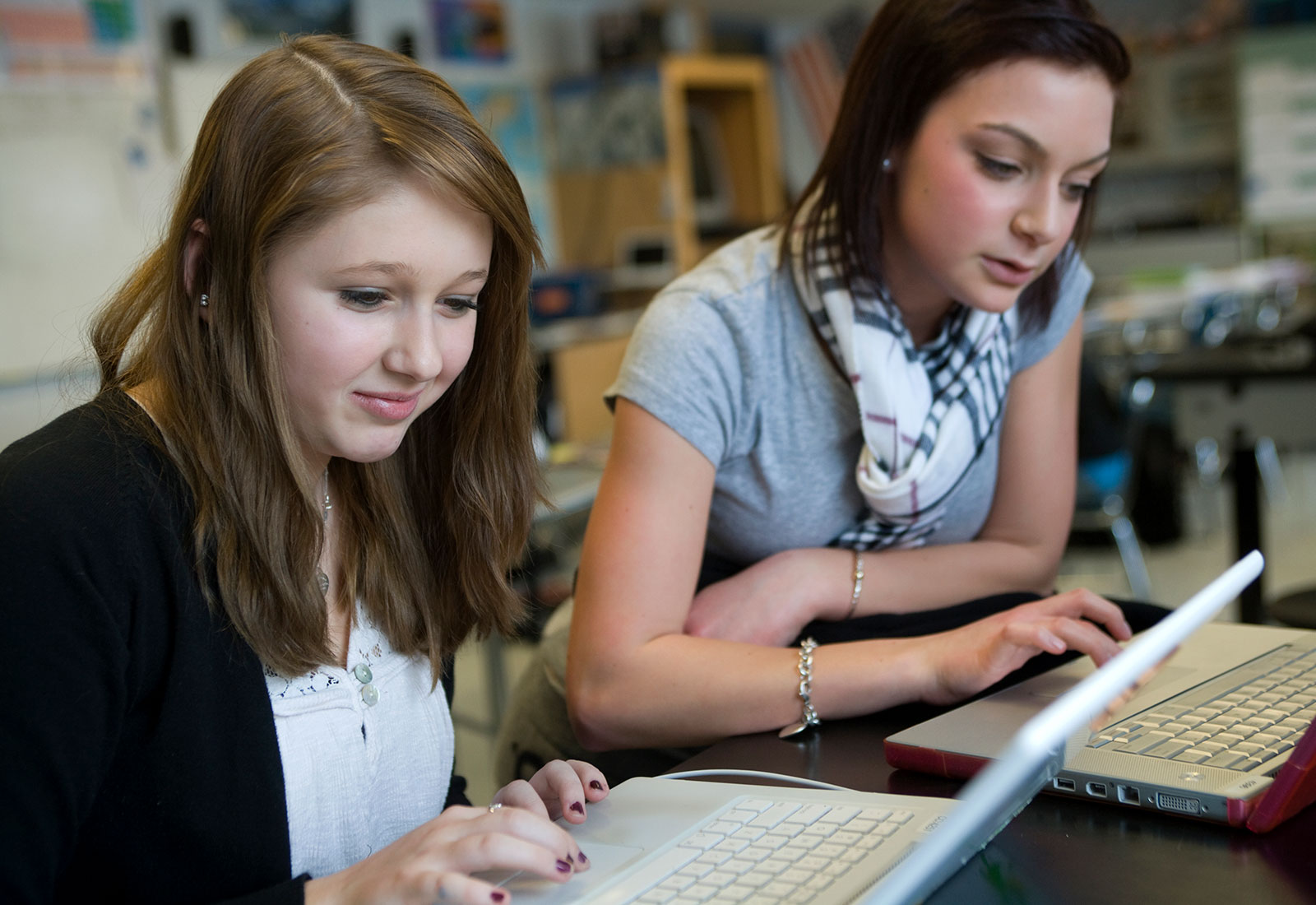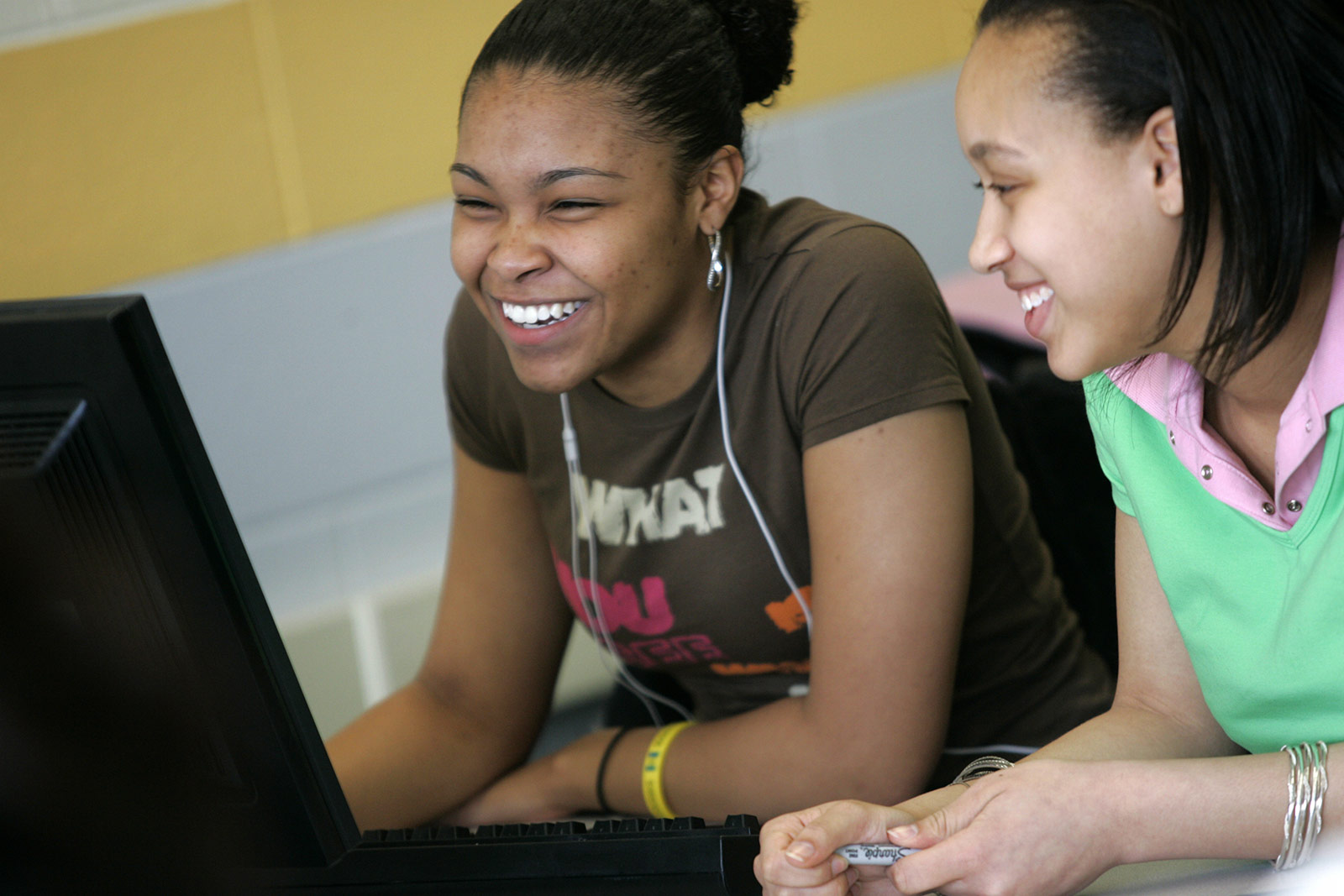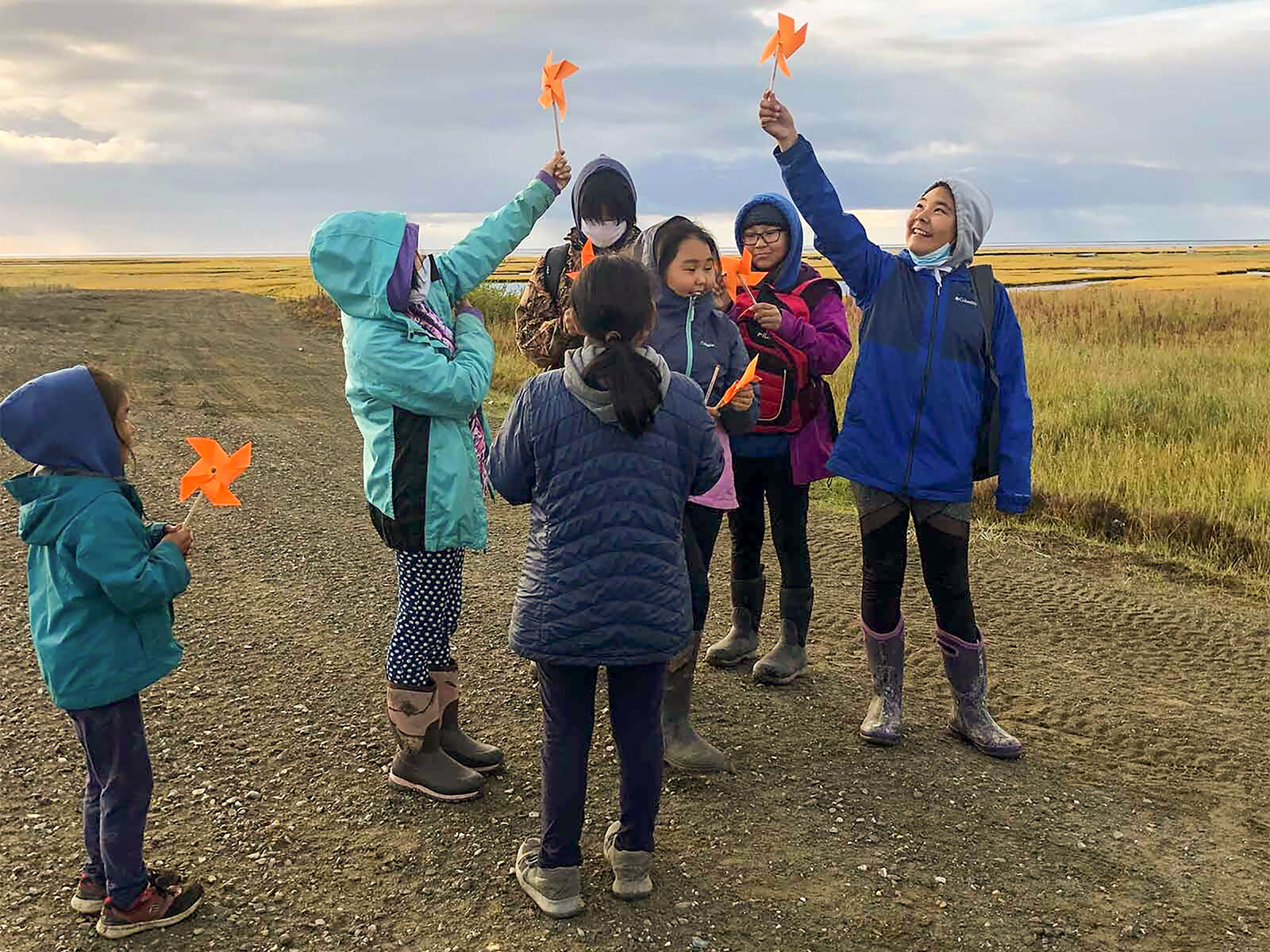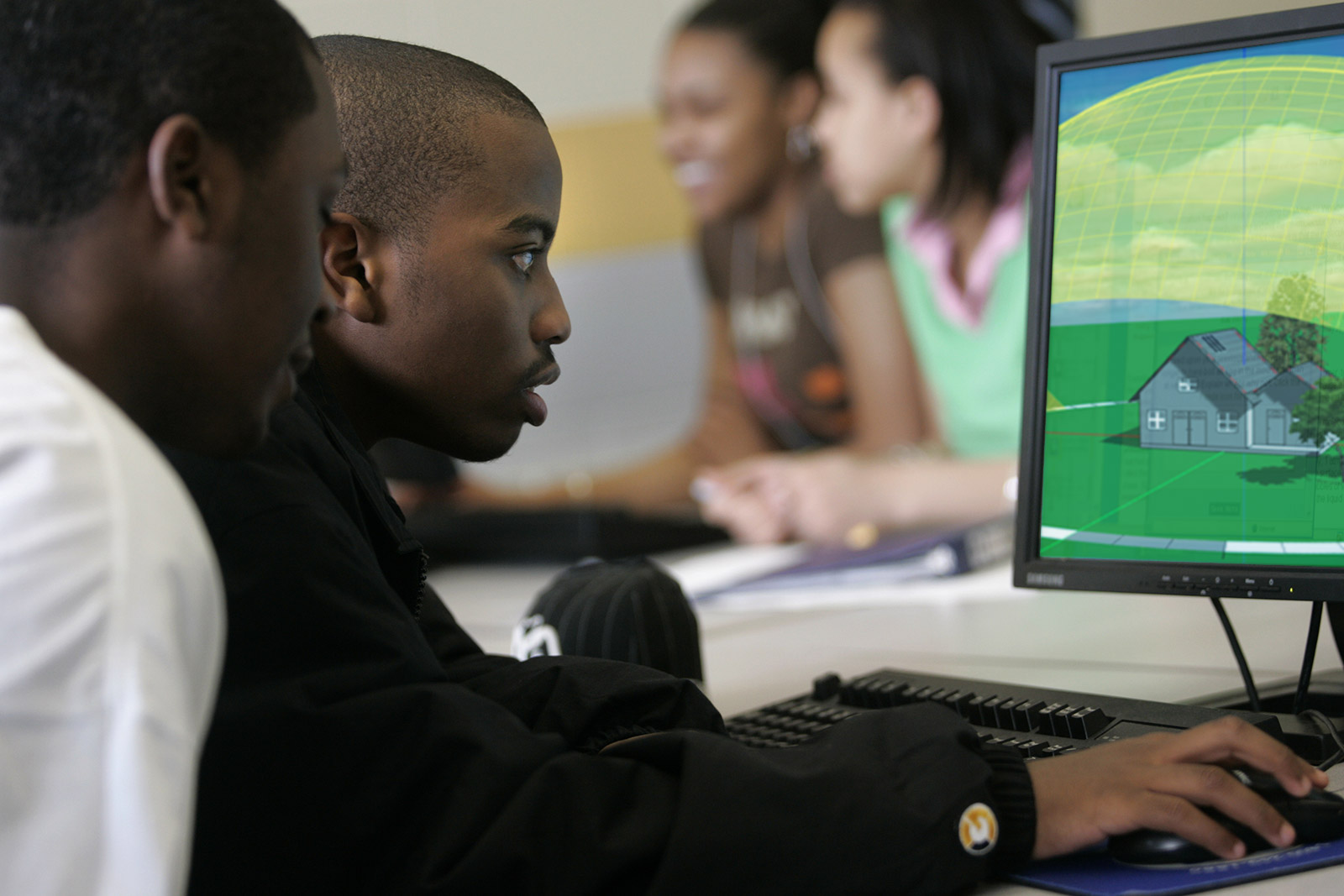Change Makers
Importance
Given the threat of climate change, young people must have practical opportunities to take part in finding energy solutions. In his 2016 annual letter, Bill Gates called for an “energy miracle” and urged high school students to “get involved.” Productive out-of-school programs that entice and empower all students to take on the energy challenge collaboratively can provide a platform for them to answer this call. The rapid advancement of open-source software, low-cost hardware, and supporting infrastructures has made it possible to create citizen science and engineering programs through which students can meaningfully crowdsolve energy problems in out-of-school time with the assistance of scientists and engineers. These crowdsourcing projects can potentially turn millions of students into “change makers” to help accelerate the transition of our society to a sustainable future.
We’re developing and researching out-of-school citizen science and engineering programs that enable secondary students to tackle energy problems in their own homes, schools, and towns using low- or zero-cost technologies such as smartphone-based infrared (IR) thermography and simulation-based engineering design.
We’re creating the Infrared Street View, a citizen science program that aims to produce a thermal version of Google’s Street View using an affordable infrared camera attached to a smartphone. The IR camera serves as a high-throughput data acquisition instrument that collects thousands of temperature data points each time a picture is taken. Youth will collect massive geotagged thermal data that have considerable scientific and educational value for visualizing energy usage and improving energy efficiency at all levels. The Infrared Street View program will provide a web-based platform for youth and anyone interested in energy efficiency to view and analyze the aggregated data to identify possible energy losses. By sharing their scientific findings with stakeholders, youth will make changes to the way energy is being used.
We will start with school, public, and commercial buildings in selected areas where performing thermal scans of the buildings and publishing their thermal images for educational and research purposes are permitted by school leaders, town officials, and property owners. In collaboration with high schools and out-of-school programs in Massachusetts, we will conduct pilot tests with approximately 200 students.
Research
Our study will probe three research questions:
- Under what circumstances can technology bridge out-of-school and classroom science learning and improve learning on both sides?
- To what extent can unobtrusive assessment based on data mining support research and evaluation of student learning in out-of-school settings?
- To what extent can instructional intelligence built into the app used in the program help students learn in out-of-school programs and improve the quality of data they contribute to the citizen science project?






